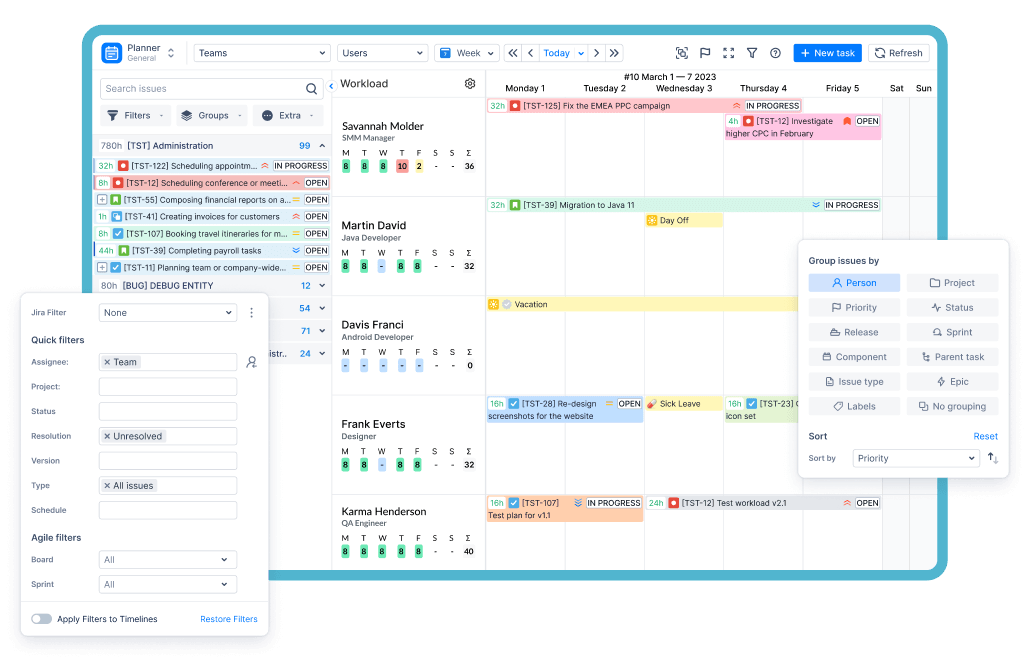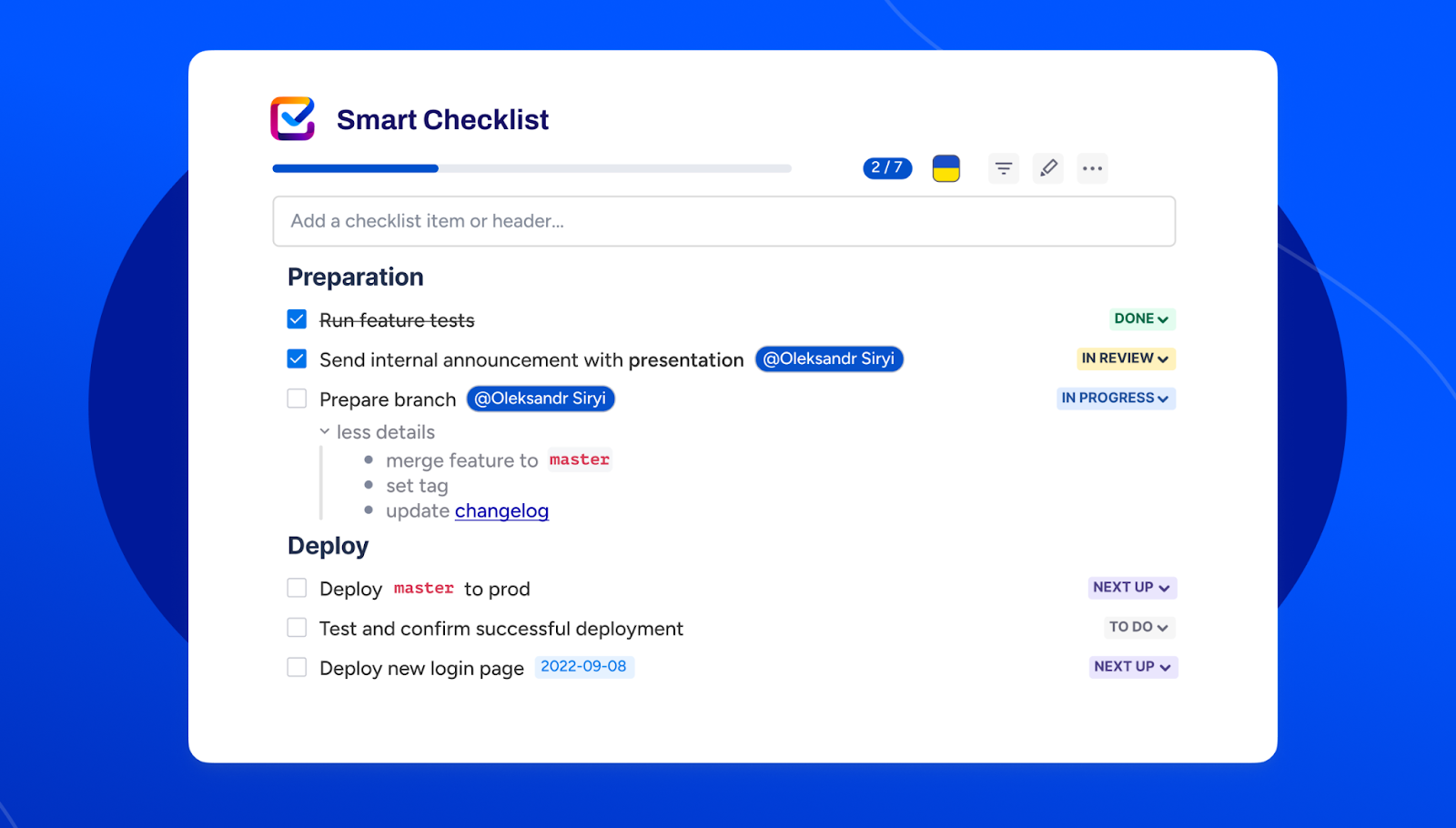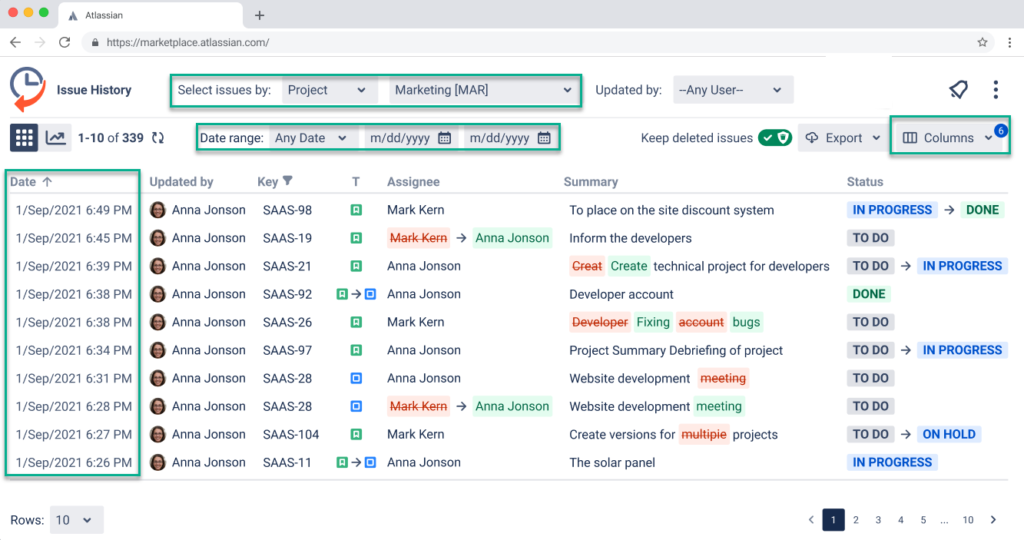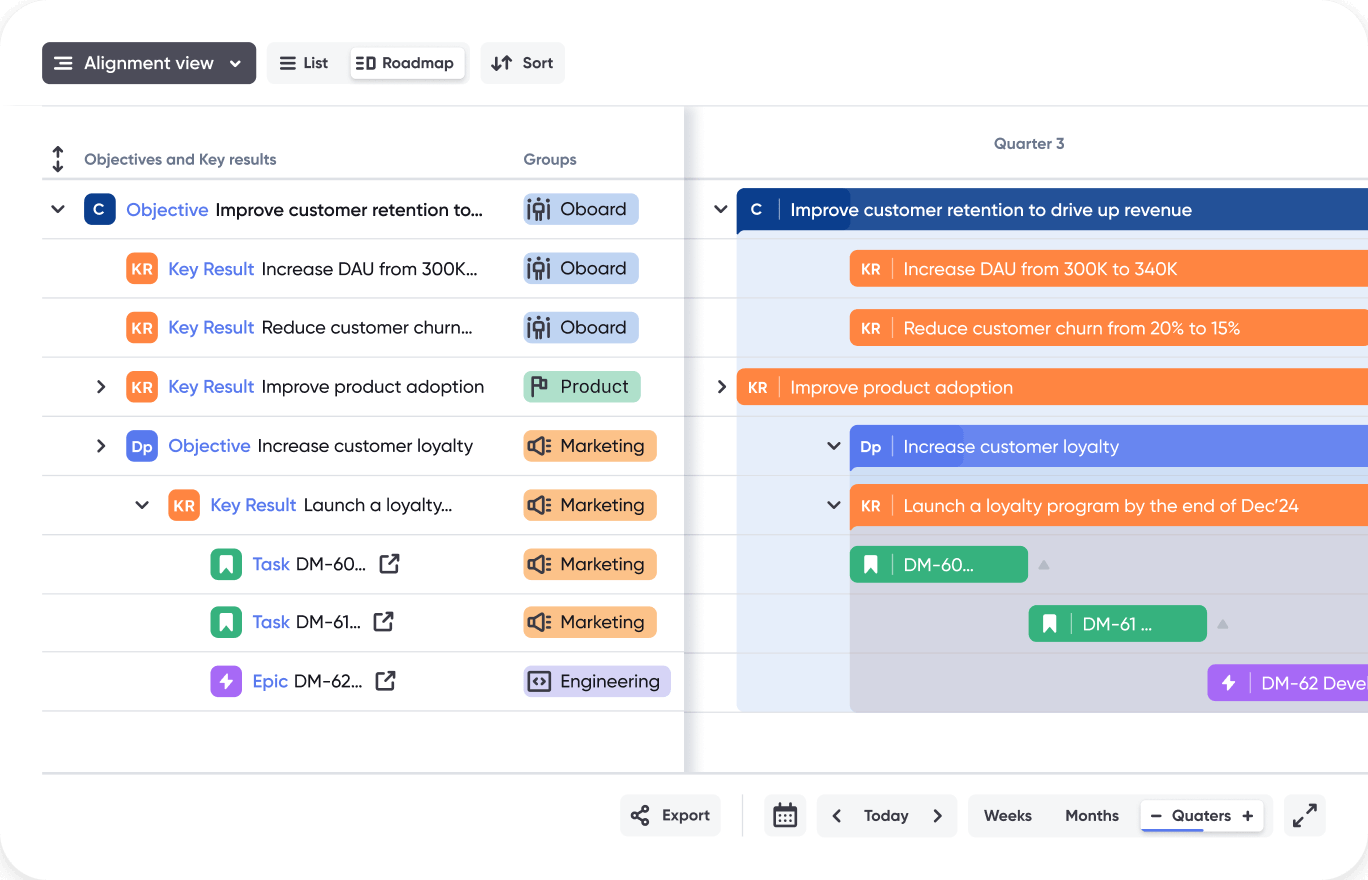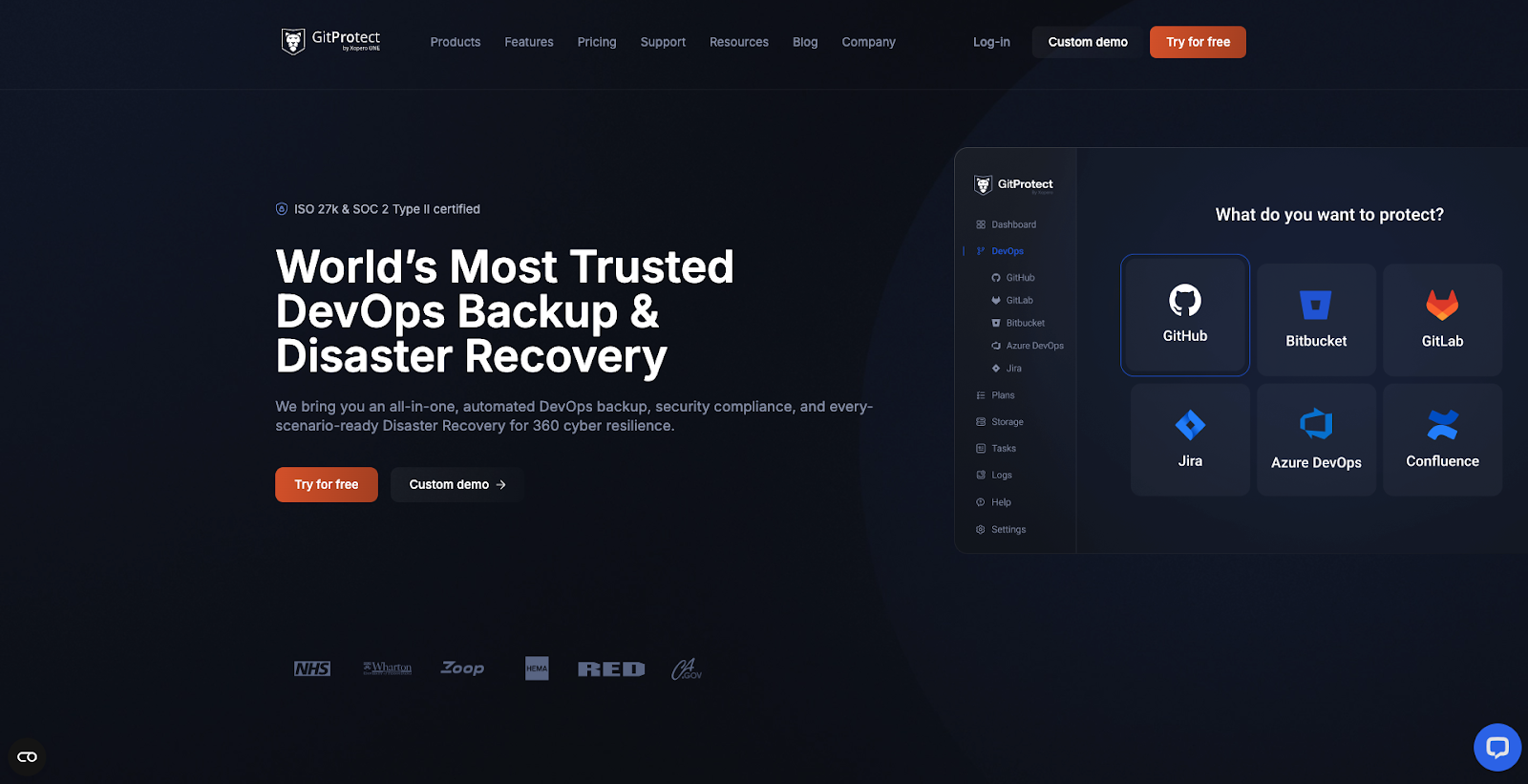and the distribution of digital products.
Top 5 Collaboration Tools for Remote Teams Using Jira
Remote work is changing the way companies operate in the global market. Some companies still do not want to hire people from other countries because of cultural differences, time zone differences, or legal concerns. Others claim that tools and services supporting global collaboration have greatly improved communication and productivity of their teams. Still, organizations that adopt remote and international recruitment also reveal increased opportunities to hire talented employees, improved employee retention, and higher productivity.
\ Big companies and industry leaders can focus on the following aspects to adapt to this new remote working environment: advanced technology use, understanding of inclusive policies, and communication between telecommuting teams. Specifically, more than half of the Fortune 100 firms rely on Jira for project management. I am sure that everyone is familiar with Trello and Confluence or has at least heard about them, but there are Jira plugins that can contribute to collaboration and solve some remote work issues.
\ In this article, I have collected some of the most popular add-on collaboration tools that every remote team using Jira should consider.
\
:::info Note: The links in this article include affiliate links. You won’t be charged anything extra for clicking on these links, but you will be supporting me if you do choose to purchase something through one of these links.
:::
Challenges of Working RemotelyRemote teams face a set of very different difficulties beyond just picking the right collaboration tools. The identification with these pain points and the real-world research mentioned will help understand why software like Jira needs to be integrated with other solutions to a high level of importance.
#1. Communication Breakdowns and Information SilosSpur of the moment “hallway” talks and impromptu whiteboard sessions, which are typical in co-located offices, are the things that keep communication on the same level. In contrast, virtual teams cannot enjoy these water-cooler events and, as a result, are prone to the problem of messages disappearing among numerous email threads or being overlooked in chat channels.
\ The most frequently mentioned challenge of managing virtual teams is the lack of communication. Communication barriers are the cause of slow project progress. Without personal interactions, it is easy to misunderstand the tone and intent of the other person. The result is the same task executed independently and a fractioned record of knowledge.
#2. Erosion of Trust and Team CohesionTrust has always been the cornerstone of any high performing team, but the remote setting can doom it. The research conducted by Norwich University shows that teams who are not co‑located have much lower levels of trust and higher rate of conflicts as compared to co-located teams. While working remotely with colleagues, who are never physically met, a little misunderstanding can escalate into disengagement. Leaders must invest in regular one‑on‑one video check‑ins, shared rituals (like virtual stand‑ups), and transparent decision logs in Jira to rebuild cohesion and mutual accountability.
#3. Blurred Work‑Life BoundariesBeing able to work from anywhere usually has an under the hood price: the home becomes the office. There is no physical division between work and personal space, therefore work hours easily bleed into personal time. 78 % of surveyed people find it difficult to “switch off” after work, with more screen time and diminished well‑being. Organizations should plan “digital office hours” in the team calendars, set holiday and leave fields in Jira that force the true downtime.
#4. Visibility and Career Advancement ConcernsWhen your contributions come from behind the screen you are at a high risk of going off the person’s radar. They are systematically set against promotion to those “that we see every day in the office”, i.e. proximity bias.
\ Harvard Business Review explains proximity bias as the unconscious preferences to recognize and provide an opportunity for physically present employees. As Forbes adds, remote employees are often place under pressure to ”over‑communicate achievements” merely to get the same visibility as their in‑office colleagues. Team meetings can have Jira dashboards embedded in them, and remote contributors can be asked to provide noted progress repeatedly in public progress boards. This can keep contributors front‑of‑mind of their teams.
#5. Cultural and Time Zone DifferencesGlobal talent pools offer hard-to-beat knowledge – and cultural differences combined with scheduling headaches. Wikipedia’s description of virtual collaboration notes that communication style disparities, holidays, and work‑hour norms might cause a misalignment of expectations and sluggish decision‑making. Asynchronous work patterns such as using the Jira issue comments instead of the live calls and rotating the meeting times will ensure that a particular region is never always at a disadvantage. Cultural‑awareness training still helps make the interaction smoother between the borders.
#6. Technology Dependence and FatigueRemote work relies on digital tools, but an excessive reliance on digital tools can boomerang. The exhaustion after hours of videoconferences is that which is dubbed “Zoom fatigue”. It results from non‑ verbal overload and continuous self‑view. A study conducted by National Library of Medicine determined that frequent videoconferencing is highly interrelated to anxiety and emotional exhaustion. To avoid the meeting fatigue, teams should prefer asynchronous updates in Jira or Slack, avoid daily video calls, and insist on the periodic “camera-off” breaks.
#7. Security and Data Protection RisksHome networks and personal devices increase the playground for cyber‑threats. According to TechTarget, remote work environments are more “larger attack surfaces, limited oversight of data use, and more vulnerable technologies”. Unrestrained, exposed sensitive Jira data include roadmaps, customer issues, or proprietary workflows. Some of the best practices are to enforce VPN usage, MFA in Jira, and frequent security audits of attached plugins.
#8. Difficulty in Fostering Company CulturePeople in an organization are held together by a strong culture – shared values, but remote teams do not enjoy informal bonding. Wired observes that building and maintaining a corporate culture without on‑site rituals is one of the most difficult problems of distributed work. Virtual “all-hands”, digital coffee breaks and Confluence recognition walls all help, but leaders also have to practice cultural behaviors – like giving open feedback and celebrating wins – so that they seep into every Jira sprint and project retrospective.
\ Addressing these eight challenges rather than just inserting the new tools, you can build a remote work ecosystem where Jira and its integrations actually unleash productivity, well‑being, and resilient company culture.
Best Tools to Fix Remote Work Productivity ActivityTimeline, by ReliexActivityTimeline is a project and capacity management tool for distributed teams working with Jira. For managers handling numerous projects, ActivityTimeline offers a solution that enables them to view the team’s activities on an interactive timeline quickly. The drag-and-drop feature allows users to assign tasks, modify start and end dates, or even reassign Jira issues on the fly. If you have to change someone’s work plan, you can change the duration of a task or shift it along the timeline—changes automatically update the linked Jira fields.
\ ActivityTimeline has workload markers that show when and if a member is overwhelmed or not given enough tasks to work on. The tool produces resource utilization reports to understand trends and the proper allocation of resources for project planning and to avoid team members’ exhaustion.
\ ActivityTimeline provides a simple timesheet reporting feature to help teams track time. Say goodbye to tedious Excel sheets—users can record time on a particular task in Jira by simply clicking a few buttons. The reports can be grouped by time and based on projects, components, or issue types, making them suitable for tracking billable and non-billable time.
\ Key features include:
\
- With a single click, you can switch between detailed workload management and an overview of the entire team’s schedule.
- Set up time off either for vacations, holidays, or local celebrations while working.
- Create information that best suits your project requirements, such as workload distribution, future capabilities, or task efficiency.
\ With this in mind, ActivityTimeline is perfect for distributed teams that need visibility over their resources and schedules. It provides a clear and efficient solution coupled with deep integration with Jira’s workflows that Louis Vuitton, Juventus, and even Uber lay upon!
Smart Checklist, by TitanAppsJira's native Action Items introduce lightweight checklists directly within issues. While useful for quick small tasks and informal To Dos, they lack the advanced functionality many teams need for running workflows. Smart Checklist bridges these gaps, making it an essential tool for teams seeking to eliminate errors, streamline workflows, and collaborate effectively.
\ With Smart Checklist, you can manage repetitive tasks effortlessly by using reusable templates, ensuring you don’t have to start from scratch every time. For example, the IT department can automate Definition of Done and bug reporting processes, while the Marketing team can standardize content creation and campaign launches. Automation and integrations allow you to automatically apply checklists based on workflow rules, saving hours of manual work and ensuring consistency.
\ Smart Checklist combines flexibility with automation, allowing users to:
\
- Create detail-rich checklist with custom statuses
- Save checklists as templates
- Enforce processes with global templates
- Prevent users from modifying checklists with linked templates
- Validate checklists before issue transition
- Add checklists automatically based on your rules and workflow setup
- Immediately get a sense of all activities and tasks
\ Smart Checklist is more than a simple checklist tool – it’s a productivity powerhouse for teams that want to save time, standardize their processes, automate repetitive tasks, and collaborate effectively.
Issue History, by SaaSJetJira’s history tracking functions are comfortable, but they are not always easy to navigate, especially when you have a lot of tasks and new information coming in regularly. Thanks to Issue History for Jira app, which allows you to track every change made, the remote team's collaboration and accountability are kept high.
\ Issue History for Jira allows monitoring of all changes made to issues in Jira. It can track updates such as status transitions, assignee modifications, priority changes, and comments. Users can filter changes by date, user, or specific fields, making analyzing issue progress easier.
\ For teams emphasizing analytics or reporting, Issue History allows the generation of the entire issue history in CSV, XLSX, or PDF format. Examine trends, develop a specific report, or present the project's progress to others who may be interested in it.
\ The app's unique advantage is its ability to search for and recover lost issues. Usually, when a user deletes an issue in Jira, it cannot be retrieved. In the app, the Keep Deleted Issues feature lets you view which user deleted an issue and restore it if necessary. This is crucial in a team where a deleted issue can cause significant problems.
\ Another practical tool is the “Revert” option, which allows users to roll back changes to issue descriptions and recover previous versions. It preserves text formatting (bolding, lists, tables), though attachments will not be restored—just the file names.
Goal Setting Oboard OKR SoftwareOboard’s OKR Board for Jira is a simple and efficient solution for managing Objectives and Key Results (OKRs) directly in Jira. It links strategy and tactics without necessarily inflating the product line.
\ Most remote teams struggle to connect their work with overall organizational objectives. A distributed product team may be fixated on Jira issues and fail to see the forest for the trees in terms of strategic goals. That’s where Oboard comes in: Jira Epics, Stories, or any other custom issues can be connected to OKRs, and any update on the progress is automatically applied when the task is done.
\ No more manual reporting, no more updates falling through the cracks—just tracking that is attached to the work being done.
\ Oboard also addresses the problem of dispersed goal setting. For example, technology organizations can cascade annual OKRs into quarterly goals, ensure all departments are in sync, and track progress in one place. Managers can create customized dashboards to see what is going on, what isn’t, and what needs to be done without switching between applications.
\ Some standout features include:
\
- You can align OKR with teams, squads, or departments. Teams can change weights to depict the various effects that a particular task has on the business.
- From scratch, you can create JQL queries to obtain performance metrics and zoom in on aspects of execution that are lagging.
- Get notified through email and in-app notifications for OKR—this assists managers in tracking progress and identifying issues.
- For teams heavily involved in performance management, Oboard makes it easy to set individual goals that align with the organization's.
From the first sight manual backups may seem an easy way to back up Jira data, but in a long-term perspective, they are far from safe. Human error, inconsistency, and gaps in scheduling can result in incomplete backups, leaving an organization high and dry in case of a disaster, like an outage, accidental deletion, ransomware attack, etc. Moreover, as your organization scales and your Jira instance's configuration expands, you will need much more time to manage backups manually, leveraging your team's resources and the possibility of a human mistake. Therefore, there are third-party backup and disaster recovery software for Jira Cloud, such as GitProtect.
\ Instead of counting on a human to write and perform backup scripts or simply export your Jira data, GitProtect does it automatically within your needs, ensuring your data is backed up. Backup schedules are automated, so you do not have to depend on an employee to perform a backup.
\ With backup software, it’s possible to foresee any disaster scenario:
\
- In the case of an outage, GitProtect allows instantly restore fully or granularly your organization’s Jira environment from the latest copy or some chosen point in time to your local machine, or another free Jira Cloud instance.
- If your infrastructure is down, thanks to GitProtect being a multi-storage system and adhering to the 3-2-1 backup rule, you can restore your critical Jira data fast from the latest copy or any chosen point in time from the second, or the third storage instance.
- In the event of a ransomware attack, GitProtect serves as a final line of protection and provides immutable backups. The solution encrypts (with your own key) and compresses your Jira data, and keeps the non-executable copies on the storage – thus, even if the ransomware hits, your data can’t be executed and spread on the storage.
\ The system also provides backup security features, including data AES encryption in-flight and at rest with the customer’s own encryption key, data center region of choice, ransomware protection, restore and DR capabilities, and easy monitoring of backup performance to help organizations meet strict security compliance requirements. That is especially important for organizations with complicated infrastructures when some of the employees are working remotely and some in the office.
SummaryRemote teams face difficulties such as a lack of time zone synchronization, difficulty assigning tasks, and data protection. These collaboration tools directly address these problems. Oboard has solutions for remote teams, including goal setting, ActivityTimeline and Smart Checklist for project management, Issue History for transparency, and GitProtect for data security.
\ Regardless of whether you are project managing, task planning, or team collaboration, these tools help remote workers to work efficiently, increase their productivity, and have better work-life integration. Check out these top collaboration tools for remote teams and revolutionize your remote work.
\n
- Home
- About Us
- Write For Us / Submit Content
- Advertising And Affiliates
- Feeds And Syndication
- Contact Us
- Login
- Privacy
All Rights Reserved. Copyright , Central Coast Communications, Inc.
